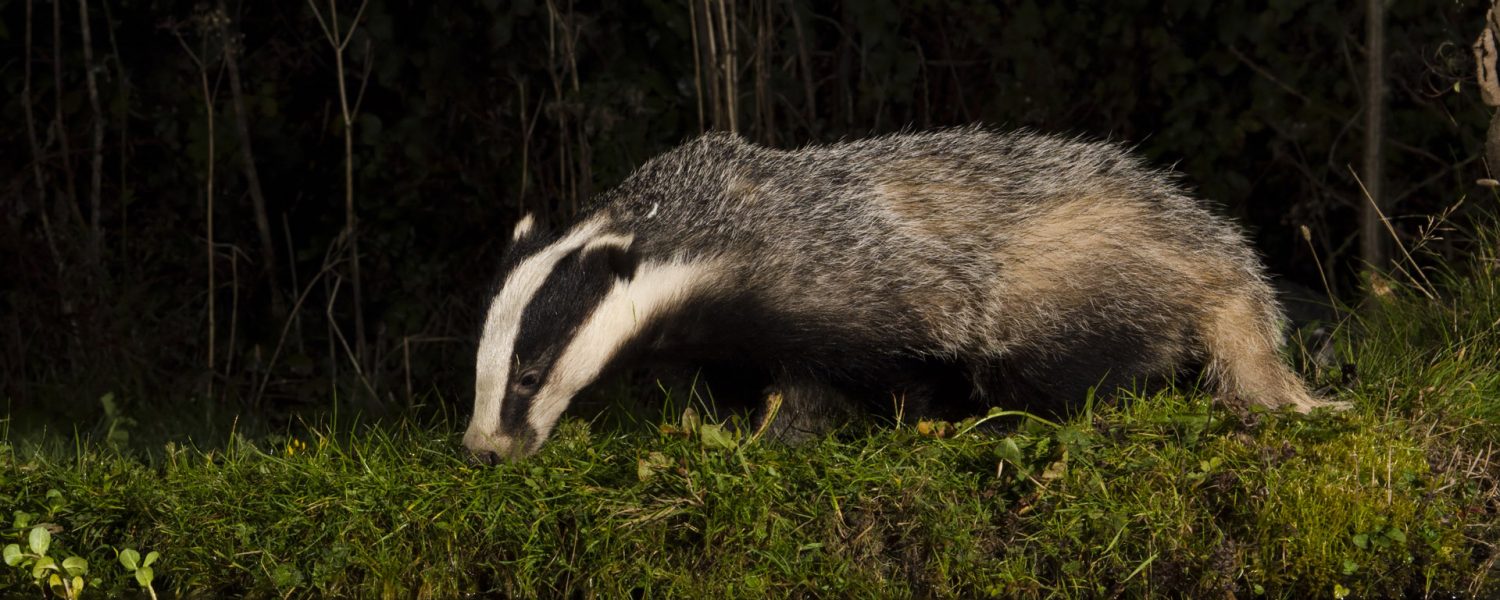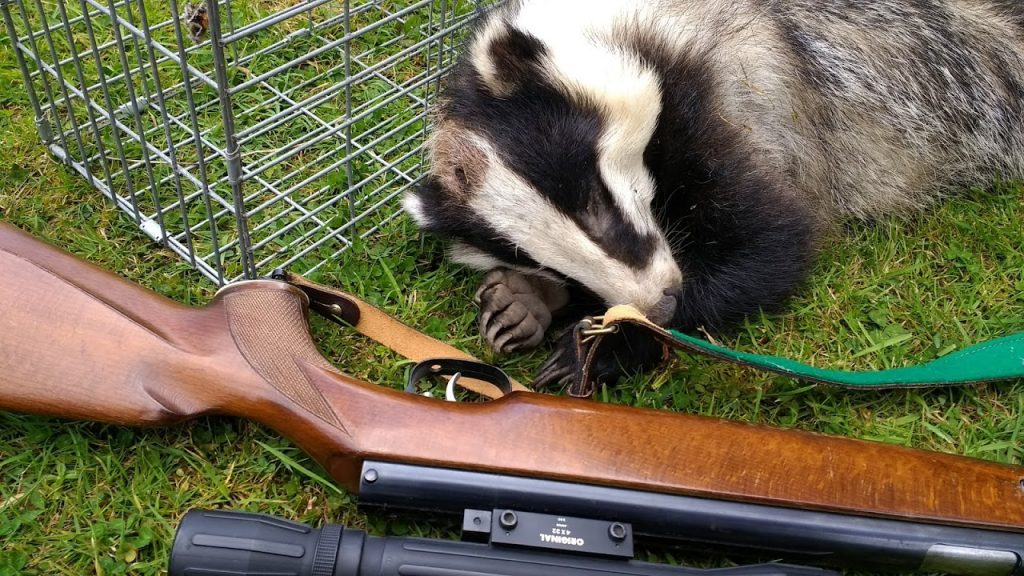Government to review the last six years of bTB science for its ‘refreshed’ bovine TB strategy

On 30th January 2025, Defra issued Terms of Reference (here) for the ‘comprehensive new bovine TB review’, that was announced last August. This included details of a scientific panel which will be reviewing ‘new’ evidence that has become available since the last review was published in 2018.
How objective will the new review be?

The panel, that last month began reviewing new evidence for the ‘refreshed’ bovine TB strategy, is largely a reprise of those who undertook the last review back in 2018, with one exception. The panel will be chaired, as previously, by Professor Sir Charles Godfray, University of Oxford. He will be familiar with the current scientific views of those whose work has been used to maintain badger culling for the last 12 years. He was personally involved in the statistical audit of the Randomised Badger Culling Trials (RBCT) (1998 – 2005), and so is extremely close to the discussion of issues relating to questionable statistical approaches raised since the last review.
As before, Godfray will be supported by Professor Glyn Hewinson CBE of Aberystwyth University, Professor Michael Winter OBE University of Exeter and Professor James Wood OBE of University of Cambridge. Wood has been vocal on TV and radio in his long-term support for Government publications that have suggested that badger culling might be working.
Professor Sir Bernard Silverman FRS, Emeritus Professor of Statistics at the University of Oxford University has stepped in to replace Christl Donnelly, Professor of Applied Statistics at Oxford University, who requested to be ‘recused’, for reasons that have not been stated, but may relate to recent scientific discussion over statistical elements of the RBCT. As one of the statistical auditors of the RBCT, Charles Godfray made recommendations in 2004 for tighter control of the data and analyses. Donnelly (et al.) statistics from the Randomised Badger Culling Trials (here) have been challenged in a new scientific paper by Torgerson et al. (here). And the debate has continued with Mills et al. (here) and (here) and Torgerson et al. (here). Whilst it is welcome that the ongoing dilemma will be reviewed, is the proper approach to have Oxford academics looking into an Oxford issue? Silverman describes himself on his CV as “Recognised as a world leader through ratings and awards. Wide experience within government, as chair or member of boards and committees and as a departmental chief scientific adviser, with specialist expertise in national security, modern slavery, official statistics, etc.”. Notably, he was on the panel of the Anderson Inquiry into the handling of the Foot and Mouth Epidemic in 2001, so has some experience of epidemiology.
The panel is expected to report their findings by the end June of 2025. Which is unfortunate for all the badgers that will be killed in the culls for which licences will be issued from June 1st (and September 1st) 2025. And for those that are victims of the escalating illegal culling that has been reported since ‘legal’ culling began.
One cannot help but think that if Labour had really wanted an objective review of the science around bovine TB and badger culling, they would have asked an independent set of scientists with less ‘skin in the game’, and perhaps more distanced from Oxford to undertake such a vital review. But once again it seems that it is largely the same set of academics who will be looking at the science in which they personally have a historical interest and potentially, future stake.
Defra have announced a £1.4 million badger vaccination project in Cornwall (here) suggesting that they may have already made their mind up on the science evidence; they are still treating badgers as a central issue in the control of bovine TB, despite the growing doubt. Yet they are still unable to provide any certainty that this is the case. Some are making robust claims about whole genome sequencing and what it can show, whilst others are modelling what they think might be happening using outdated assumptions and unproven associations. Meanwhile, the strongest evidence of inadequate control points to ineffective cattle testing being the crucial driver of bovine TB, and the solution must therefore lie with cattle controls.




